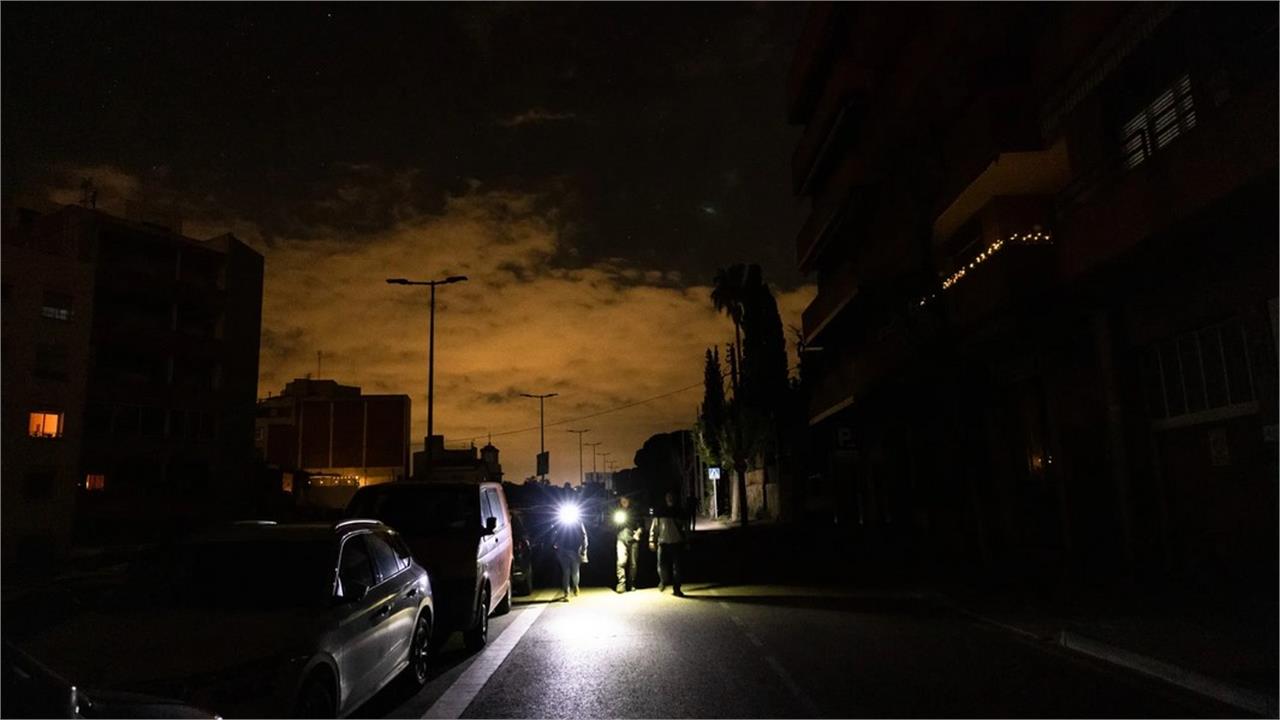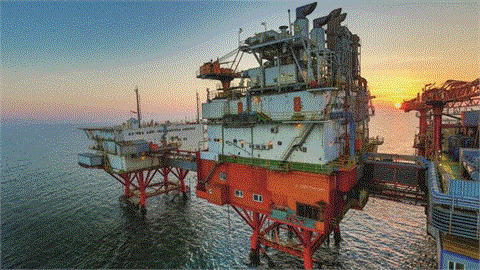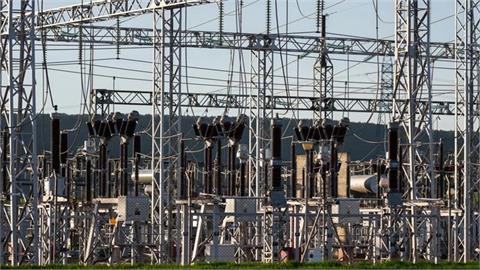The large-scale blackout that struck the Iberian Peninsula on April 28 — affecting vast areas of Spain and Portugal for more than 12 hours, and up to 24 hours in some regions — has reignited concerns across Europe about the stability of national electricity systems, especially those heavily reliant on renewable energy. As investigations continue into the technical causes, one immediate and pressing question arises for SE Europe: could such a widespread blackout happen here?
SE Europe’s power grids — particularly those of Greece, Bulgaria, Romania, Serbia, North Macedonia, Albania, Montenegro, Croatia and Kosovo — are increasingly interconnected, both to each other and to the wider European electricity system. This integration brings advantages, such as enhanced grid stability and the ability to import power during supply shortages. But it also creates shared vulnerabilities. A significant disturbance in one part of the regional system, whether due to technical failure or instability in electricity flows, could have cascading effects across borders, especially under conditions of high demand or imbalanced supply.
Greece’s electricity mix today relies on renewables for approximately 45% of total generation on an annual basis. On days of high solar or wind output, renewable energy sources can account for up to 70–80% of the country’s electricity consumption — a statistic that mirrors the conditions reportedly present in Iberia at the time of their blackout. Similar renewable penetration trends are emerging in Bulgaria and Romania, while countries like Albania and Montenegro are highly reliant on hydropower, another intermittent source influenced by weather patterns.
While the growth of renewables is vital for decarbonisation and long-term sustainability, high shares of variable renewable energy (VRE) such as wind and solar can challenge grid stability if not balanced with sufficient storage, dispatchable generation originating from large thermal plants (gas, coal, nuclear), and real-time system management. The Iberian blackout may serve as a warning of what can happen when grids operate close to their limits with limited buffer or inadequate control over fluctuations in renewable output.
SE Europe has made progress in strengthening grid infrastructure and regional cooperation, but systemic vulnerabilities remain. Aging transmission systems, uneven investment in smart grid technologies, and limited energy storage capacity increase the region’s exposure to major disturbances. Additionally, while cross-border electricity trade is an asset, it can also transmit grid instability across national lines, especially if emergency protocols are not harmonised.
The broader lesson from the Iberian incident is clear: energy transition must be matched with grid modernisation and operational preparedness. As the region expands its renewable portfolio, greater emphasis must be placed on grid flexibility, reserve margins, and digital control systems that can respond instantly to fluctuations. Strategic investments in battery storage, pumped hydro, demand response, and flexible generation backed by state-of-the-art power electronics are no longer optional — they are essential.
It would be premature to draw direct conclusions before full details of the Iberian failure are released. However, the episode underlines the importance of anticipating systemic risks in an increasingly electrified and decentralised energy system. For SE Europe, the challenge is not just to expand renewables but to ensure that the backbone of the power system — the grid — can withstand the demands of a rapidly changing energy landscape.
In short, yes — SE Europe could be vulnerable to a blackout under the wrong conditions. But with careful planning, regional coordination, and timely investment, the region can mitigate these risks and continue to build a cleaner, more secure energy future.
[from the Editorial of IENE’s “Energy Weekly Report” (No 451) of May 2, 2025]




